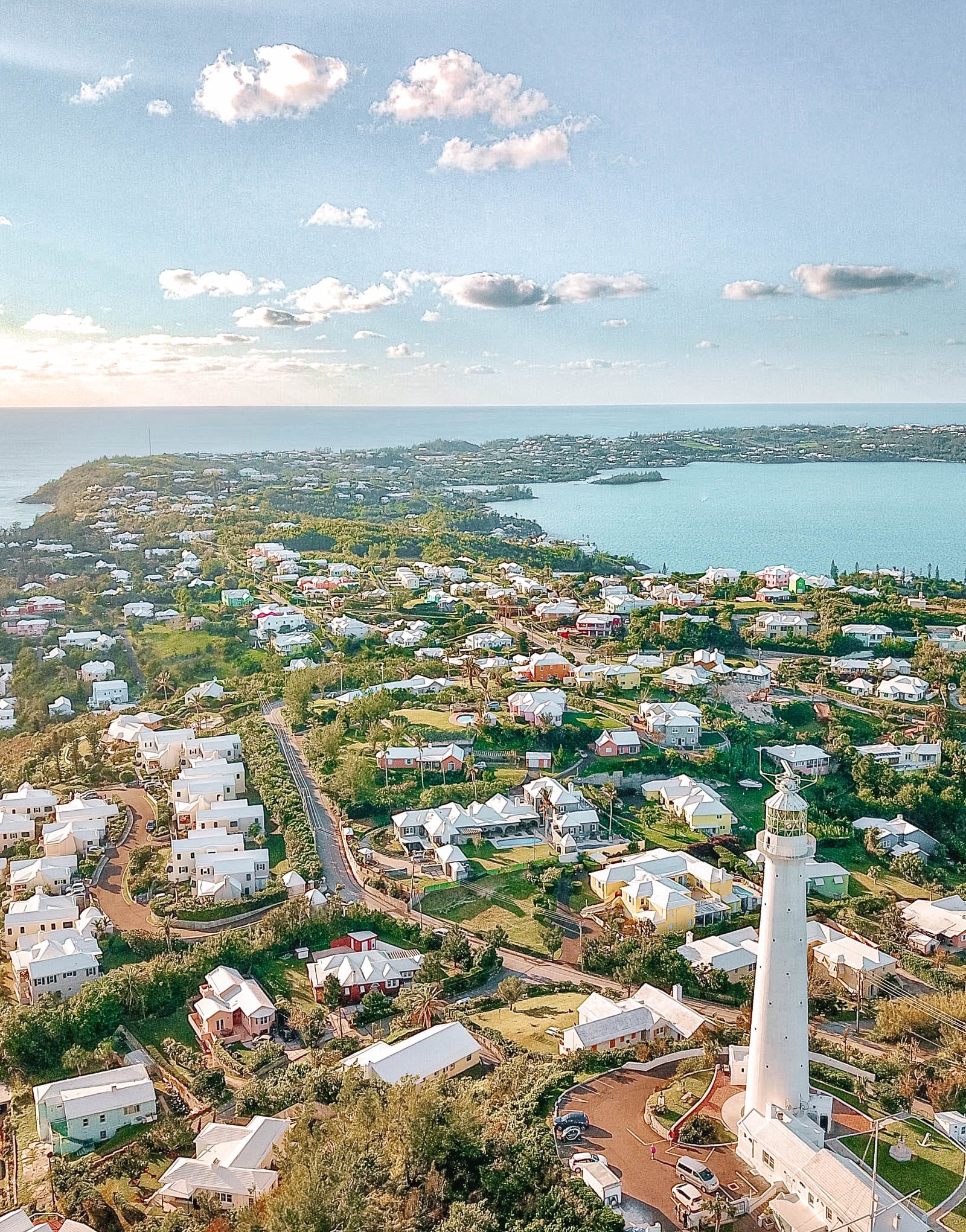
The numbers themselves had been exaggerated by sloppy research.Furthermore, Berlitz and other writers would often fail to mention such storms or even represent the disappearance as having happened in calm conditions when meteorological records clearly contradict this.In an area frequented by tropical cyclones, the number of disappearances that did occur were, for the most part, neither disproportionate, unlikely, nor mysterious.The number of ships and aircraft reported missing in the area was not significantly greater, proportionally speaking, than in any other part of the ocean.Often his research was simple: he would review period newspapers of the dates of reported incidents and find reports on possibly relevant events like unusual weather, that were never mentioned in the disappearance stories. Kusche also argued that a large percentage of the incidents that sparked allegations of the Triangle's mysterious influence actually occurred well outside it. Another example was the ore-carrier recounted by Berlitz as lost without trace three days out of an Atlantic port when it had been lost three days out of a port with the same name in the Pacific Ocean. Kusche noted cases where pertinent information went unreported, such as the disappearance of round-the-world yachtsman Donald Crowhurst, which Berlitz had presented as a mystery, despite clear evidence to the contrary.

Kusche's research revealed a number of inaccuracies and inconsistencies between Berlitz's accounts and statements from eyewitnesses, participants, and others involved in the initial incidents. Larry Kusche, author of The Bermuda Triangle Mystery: Solved (1975), argued that many claims of Gaddis and subsequent writers were exaggerated, dubious or unverifiable. "Indeed, some writers even stretch it as far as the Irish coast." Consequently, the determination of which accidents occurred inside the triangle depends on which writer reported them. Some writers gave different boundaries and vertices to the triangle, with the total area varying from 1,300,000 to 3,900,000 km 2 (500,000 to 1,510,000 sq mi). Subsequent writers did not necessarily follow this definition. The Gaddis Argosy article delineated the boundaries of the triangle, giving its vertices as Miami San Juan, Puerto Rico and Bermuda. 1973) Charles Berlitz ( The Bermuda Triangle, 1974) Richard Winer ( The Devil's Triangle, 1974), and many others, all keeping to some of the same supernatural elements outlined by Eckert. Other writers elaborated on Gaddis' ideas: John Wallace Spencer ( Limbo of the Lost, 1969, repr. The next year, Gaddis expanded this article into a book, Invisible Horizons. In February 1964, Vincent Gaddis wrote an article called "The Deadly Bermuda Triangle" in the pulp magazine Argosy saying Flight 19 and other disappearances were part of a pattern of strange events in the region. We don't know where we are, the water is green, no white." He also wrote that officials at the Navy board of inquiry stated that the planes "flew off to Mars." Eckert wrote that the flight leader had been heard saying, "We are entering white water, nothing seems right. Flight 19 alone would be covered again in the April 1962 issue of American Legion magazine.

Sand's article was the first to lay out the now-familiar triangular area where the losses took place, as well as the first to suggest a supernatural element to the Flight 19 incident. Two years later, Fate magazine published "Sea Mystery at Our Back Door", a short article by George Sand covering the loss of several planes and ships, including the loss of Flight 19, a group of five US Navy Grumman TBM Avenger torpedo bombers on a training mission. The earliest suggestion of unusual disappearances in the Bermuda area appeared in a September 17, 1950, article published in The Miami Herald ( Associated Press) by Edward Van Winkle Jones.


 0 kommentar(er)
0 kommentar(er)
